What is Muriatic Acid?
Muriatic acid is actually hydrochloric acid (HCL), but is commonly called muriatic acid or pH Downin the recreational water world.
It is used to maintain the pH balance in your pool (or spa) by making your water more basic (lowering pH) which in turn helps your chlorine be more effective. As a side effect, it also lowers alkalinity.
Muriatic acid also has a wide range of uses in industry and masonry.
Calculate how many gallons your pool has with our pool volume calculator.

What forms does muriatic acid come in and what does it do to a pool?
Muriatic Acid comes in varying concentrations, but for pool use it’s typically sold in 1 gallon jugs as 20 Baume/31.45%. It should not be used in spas or hot tubs and is not recommended for fiberglass, vinyl-liner, painted, or acrylic pool surfaces.
It can be added directly to the pool in front of a return jet or can be poured into a bucket of pool water and carefully poured around the perimeter.
Pros of Muriatic Acid
- Lowers pH quickly
- Typically cheaper than dry acid
- Doesn’t add sulfates
Cons of Muriatic Acid
- Very volatile and can react violently
- Splashes and fumes can pose serious health risks
- Spills and splashes can damage surrounding surfaces (ruin pool deck coating by staining or etching)
- Difficult to store due to volatility and corrosive fumes (can damage metal if stored inside buildings such as garages or homes)
Safety Information About Muriatic Acid
You should always read and follow all safety precautions on the product labels. Keeping your pool (or spa) safe means keeping yourself and others around you safe while maintaining your chemistry and your equipment. Some common recommendations include:
- Wearing protective gear such as gloves and eye protection
- Store chemicals in ventilated areas and separate from one another to avoid chemical reactions from leaks
- Do not mix chemicals
See this informative video for some more great tips on pool chemical safety
Interesting Fact About Muriatic Acid

